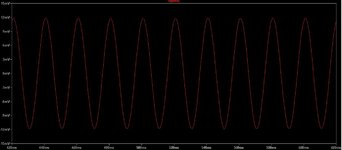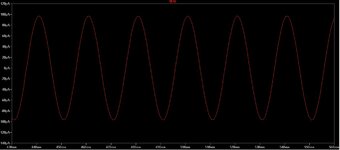cupoftea
Advanced Member level 5
Hi ,
We wish to use this CT for detecting if the current in live and neutral is the same....and if different, how different?
Supposing there was 30mA of difference between live and neutral, then do you know what the output would be of this?
ZCT409 torroid Current transformer
 www.ctzentar.com
www.ctzentar.com
We wish to use this CT for detecting if the current in live and neutral is the same....and if different, how different?
Supposing there was 30mA of difference between live and neutral, then do you know what the output would be of this?
ZCT409 torroid Current transformer
Zero Phase Current Transformer For Leakage Current Detection ZCT409 Manufacturer | Ctzentar.com
Xiamen ZTC Technology focus on leakage current detection since 1993,offer Zero phase current transformer for leakage current detection ZCT409,leakage current detection wholesale.Factory price.

